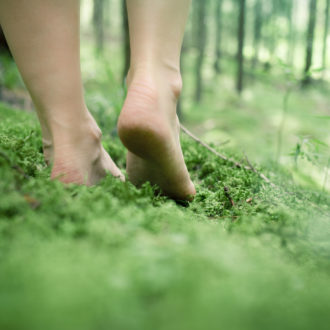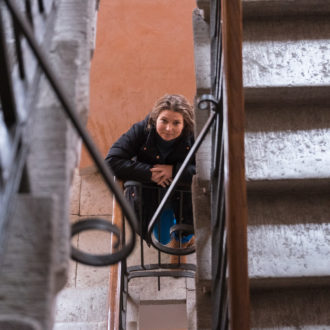Allotment gardens, also known as community gardens, have a long history in Finland, going back to before the country gained its independence, in 1917.
The first Finnish allotment garden still operating today was established in the city of Tampere in 1916. Now there are community gardens all over the country, even as far north as in Rovaniemi, a city just six kilometres (3.7 miles) south of the Arctic Circle.
A break from city life
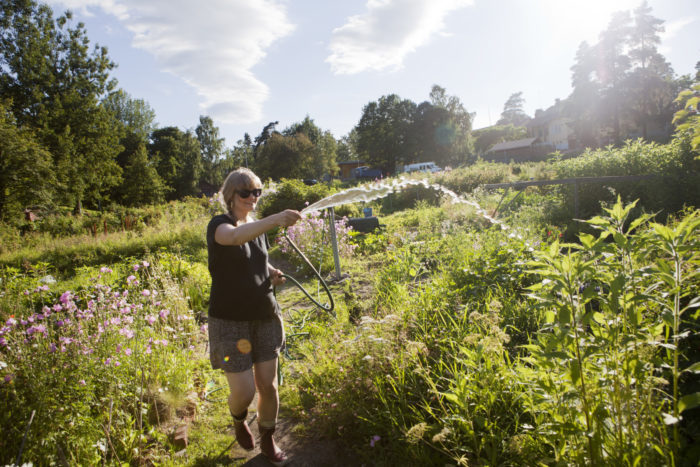
Gardeners tend their plots as a form of relaxation, but it’s not effortless; gardening takes time and commitment.Photo: Heli Sorjonen/Ministry of Agriculture and Forestry of Finland
An allotment garden consists of a group of plots – as few as a dozen or as many as 300. Finland’s 60 allotment garden sites contain a total of approximately 6,000 plots.
Gardeners grow a wide range of plants including potatoes, carrots, strawberries, tomatoes, herbs and even apple trees. Most plots also contain rows of different kinds of flowers and ornamental plants. In many community gardens, every plot includes a small cottage.
For the most part, allotment gardens are considered public parks. You’re free to roam the paths on your own during opening hours. The plots themselves are private areas though, so you need permission to enter them.
The simple life of growing your own vegetables and staying in a small cottage provides a chance to relax and take a break from the hustle and bustle of city life. “This used to be a paradise for grannies – not very trendy at all,” says plot owner Minna Kärkkäinen. “That situation has been turned upside down.”
Sustainable city summer
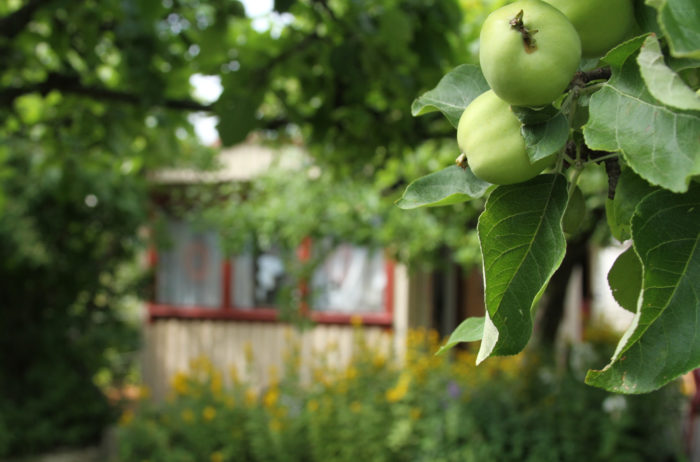
In many community gardens, every plot includes a small cottage.Photo: Eeli Kettunen
Allotment gardens are good for the environment. Especially for city-dwellers, it’s a great way to spend time in nature and get their hands in the soil without having to drive long distances to a summer cottage. Many bike or walk to their gardens.
“The best thing about an allotment garden is that you don’t have to go far to enjoy the atmosphere,” says Kärkkäinen.
The site of a typical Finnish summer cottage could fit approximately ten community garden plots, including common areas and paths. In other words, they carry a smaller carbon footprint than regular summer cottages.
“We want to protect biodiversity,” says Pertti Laitila, president of the Finnish Federation of Allotment Gardens. “That’s why we use natural methods of cultivation.” Recycling also forms part of everyday life at an allotment.
All walks of life
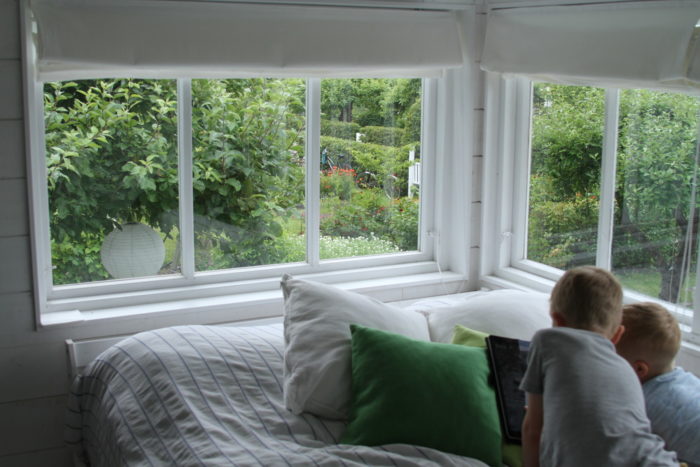
In addition to gardening, other important aspects of community garden life include simple things such as family time, cooking and a place for the kids to play.Photo: Eeli Kettunen
A spirit of cooperation marks allotment gardens, and everyone chips in for the common good. Some people also contribute money, but more often than not, contributing means doing volunteer work. It might include anything from tidying the paths to baking for the community café.
“We know more people here in this allotment garden than in our block of flats, even though we have been here much less time,” plot owner Jenni Rainio says. “There’s always help available if you want it.”
Allotment garden communities organise different events and activities, from outdoor yoga to karaoke to midsummer parties, or even a boot-throwing competition. You don’t have to own an allotment yourself to participate in the fun, because the events are public. People from all walks of life spend time in these green oases during the summer.
By Iiris Nelimarkka, August 2019
